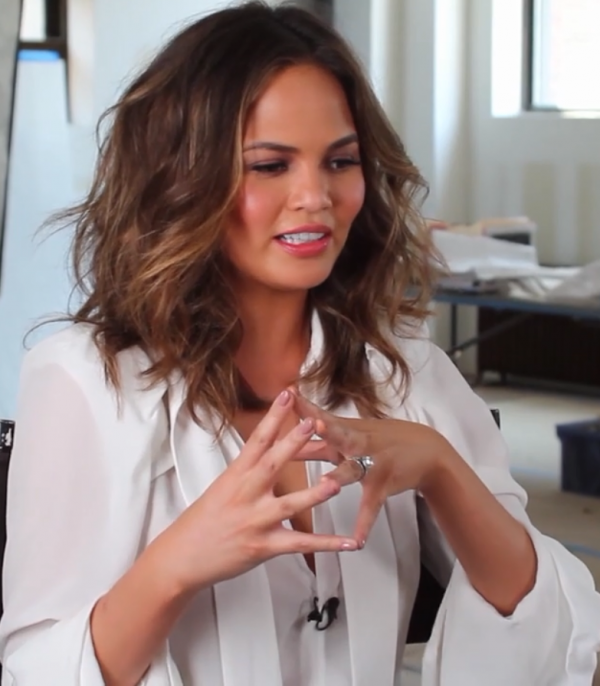Chrissy Teigen Debunks Surrogacy Rumors with C-Section Snap for Baby Esti

Chrissy Teigen took to Instagram to dispel rumors that she had used a surrogate for her baby Esti, sharing a photo of her C-section and silencing those who speculated she had faked her pregnancy with a prosthetic called "moonbump."
The model and mother of three posted a picture of her infant daughter, drawing attention to the "angel on her forehead." Some followers chimed in, referring to the mark as an "angel's kiss" or "stork bite."
However, the conversation turned when one user questioned if Teigen had used a surrogate, while another accused her of wearing a "moonbump" to feign pregnancy. Teigen quickly quashed the gossip by posting a photo of her C-section on her Instagram Stories, sarcastically captioning it, "Extremely realistic 'moonbump,'" as reported by Page Six.
Teigen and her husband, John Legend, are also parents to 7-year-old Luna and 4-year-old Miles. In a previous interview with People, Teigen candidly discussed her birthing experience with her youngest child, advocating for the storage of newborn stem cells and sharing her enthusiasm for the C-section procedure.
Having given birth vaginally to Luna and Miles, Teigen remarked, "I was kind of excited because I'm like, 'Yeah, I've done the vaginal thing twice. Let's try this.' I really love surgery. I like that I've seen both experiences." She recounted being awake during the surgery and even taking pictures throughout the process.
Teigen acknowledged the incision's impact, saying, "The incision is a lot, and you never know how your stomach's going to come together." She added that her older children, Luna and Miles, enjoy looking at her scar, which they call the "baby hole."
UpToDate explains that while mothers who undergo general anesthesia will not be awake during cesarean births, some choose regional anesthesia, which allows them to remain conscious during the surgery, receive support from staff and their partner, and witness the birth. This option also enables immediate contact with their newborn and is generally considered safer than general anesthesia.














